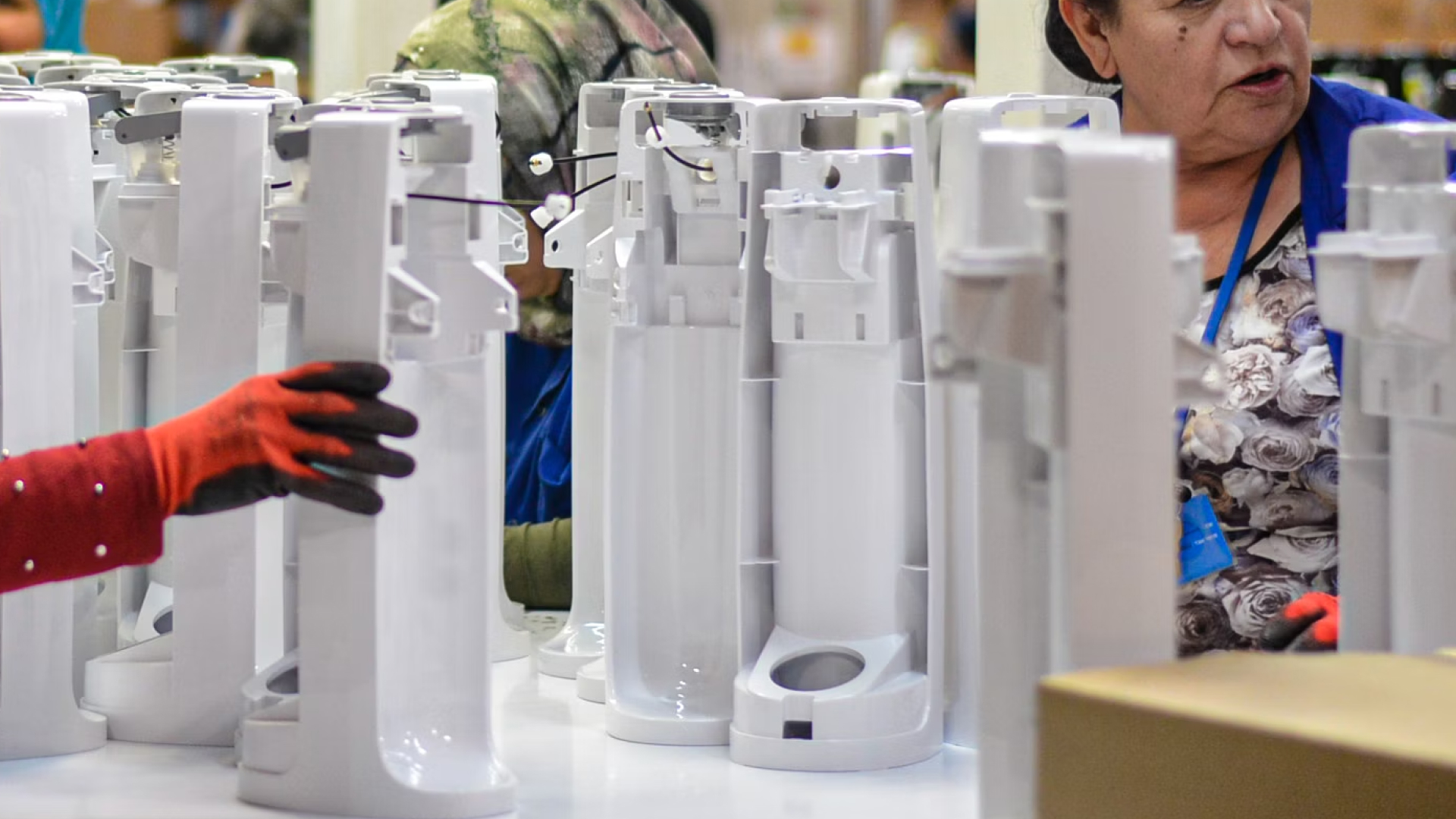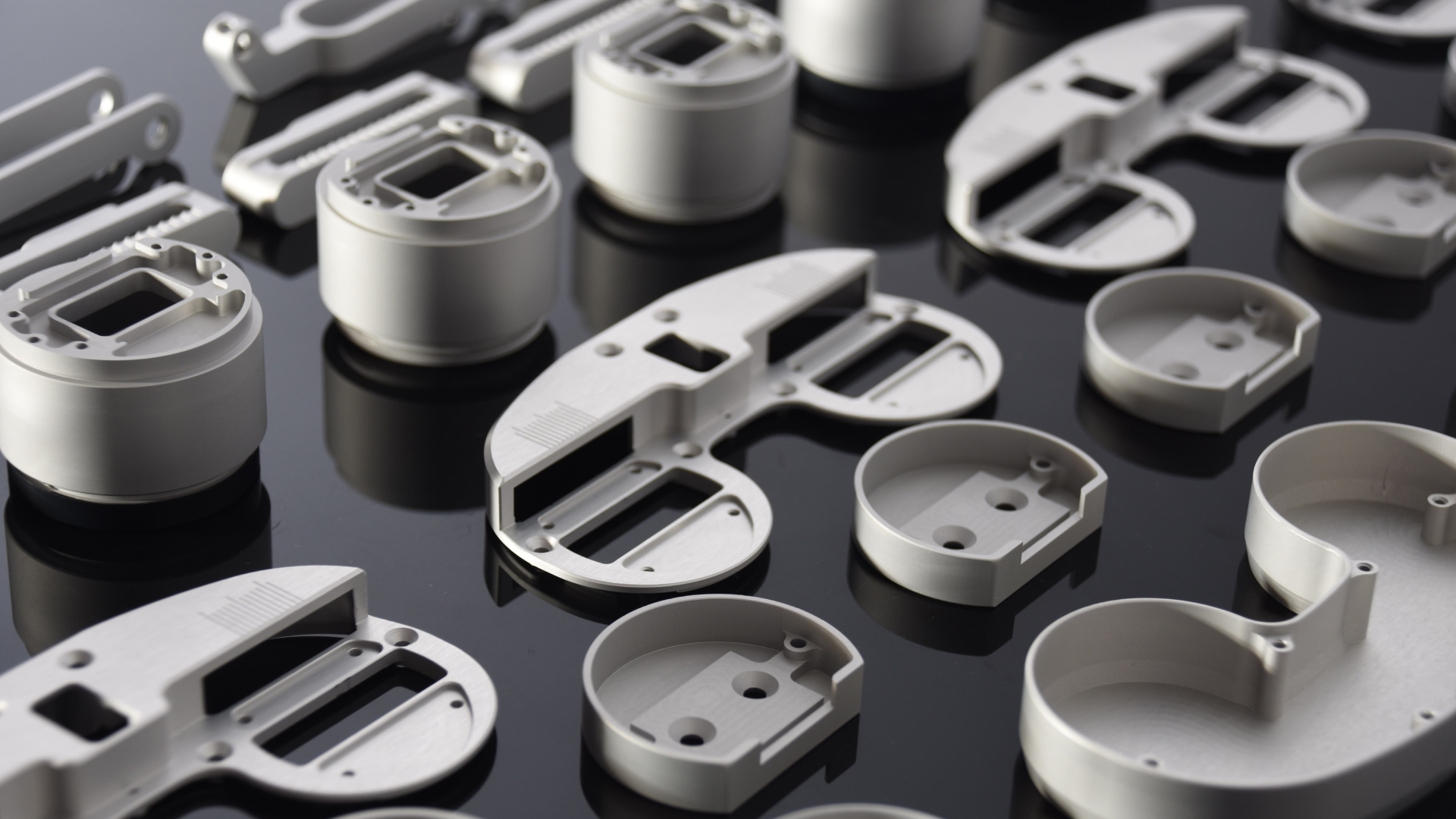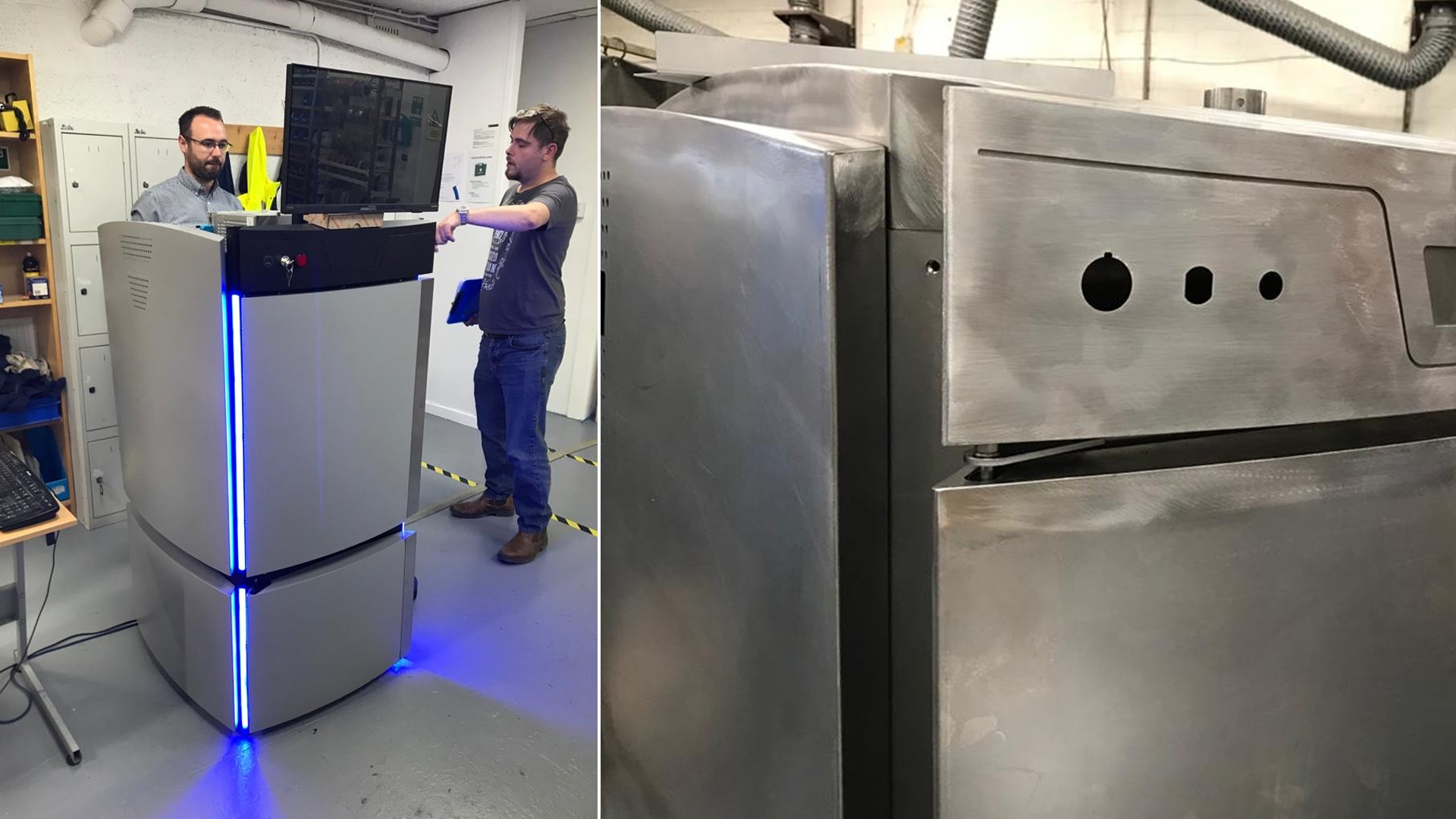How Do Industrial Designers Work with Manufacturers: A Practical Guide

Industrial designers work with manufacturers to transform innovative ideas into viable products. Understanding how do industrial designers work with manufacturers is essential, as they collaborate closely, ensuring designs are manufacturable, cost-effective, and aligned with market demands. This involves constant communication, detailed planning, and adjustments to materials and processes. In this guide, we’ll explore their roles, collaboration during concept development, material selection, prototyping, and feedback integration.
Table of Contents
Key Takeaways
- Industrial designers play a critical role in narrowing the gap between innovative product concepts and practical production by ensuring designs are feasible for mass manufacturing and aligned with market demands.
- Collaboration between industrial designers and manufacturers is essential throughout the design process, enhancing communication and allowing for informed decision-making regarding materials, production techniques, and final product requirements.
- Continuous learning and adaptation are vital for industrial designers to stay relevant, tackle evolving industry trends, and incorporate sustainability considerations into their designs, ultimately driving innovation in manufacturing.
The Role of Industrial Designers in Manufacturing
Industrial designers are responsible for creating innovative and practical products that are suitable for production. Their role entails much more than just sketching ideas; it involves a deep understanding of user needs and market demands, ensuring that the designs are not only appealing but also feasible for mass production. Focusing on production efficiency from the outset helps streamline the manufacturing process, reduces costs, and improves product quality. Does an industrial designer play a crucial role in this process? Industrial designers work to ensure that all aspects of design and production are aligned.
Collaboration is a cornerstone of industrial design. Designers work closely with various departments, including sales, marketing, and production, to ensure that the product aligns with the company’s goals and market strategy. This interdisciplinary approach enhances the product’s marketability and manufacturability, making it more likely to succeed in a competitive market.
A good industrial designer must constantly stay updated with the latest trends and technologies affecting production. This continuous learning enables them to adapt their designs to new materials, manufacturing processes, and market expectations. Integrating safety, manufacturability, and marketability into their designs, an industrial engineer and industrial designers play a crucial role in bringing innovative products to life.
Collaboration During Concept Development
The journey from an initial idea to a fully developed product begins with concept development. Industrial designers engage in brainstorming, sketching, and creating initial design concepts during this phase. This collaborative effort involves project managers, engineers, and other team members who collectively refine these concepts to ensure they align with manufacturing capabilities and market demands.
Computer-aided design (CAD) plays a significant role in enhancing collaboration during concept development. Digital files created using CAD software can be easily shared among team members, allowing for seamless feedback and iterative improvements. This digital collaboration ensures that all stakeholders are on the same page, reducing the risk of miscommunication and design flaws.
Visiting manufacturing facilities is another critical aspect of the collaboration process. Interacting directly with manufacturing teams allows industrial designers to gain valuable insights into production challenges and capabilities. This hands-on approach helps optimize product designs for manufacturability, ensuring that the final product can be produced efficiently and cost-effectively.
Material Selection and Testing

Material selection is a crucial part of the industrial design process, with significant implications for the final product’s performance, cost, and durability. Industrial designers must balance various factors such as aesthetic appeal, user preferences, and manufacturing requirements when choosing materials. Material selection software assists in this process by allowing designers to compare different materials based on a wide range of criteria, streamlining the decision-making process.
Collaboration with material suppliers is essential to ensure that the chosen materials meet specific project requirements and are reliable. Working closely with suppliers allows designers to access detailed information about material properties, availability, and cost, which is vital for making informed decisions. This collaboration also enhances the reliability of the materials used, ensuring that the final product meets quality standards.
CAD simulation features allow designers to analyse how different materials will affect the product’s performance, optimising for cost and durability. These tools enable designers to conduct virtual tests, reducing the need for physical prototypes and speeding up the design process. Refining design concepts through digital simulations enables industrial designers to create products that meet user needs and manufacturing requirements more efficiently.
Creating Detailed Drawings and Prototypes
Creating detailed drawings and prototypes is an iterative process that helps refine design concepts based on feedback and manufacturing capabilities. Industrial designers use CAD software to create detailed drawings and precise models with exact measurements, ensuring that the prototypes are accurate representations of the final product. This precision is crucial for identifying potential design flaws early in the process.
The iterative nature of CAD allows designers to make quick modifications to their designs, promoting experimentation without the need for physical models. This flexibility is essential for refining design concepts and ensuring they are feasible for production. Conducting visual assessments of 3D models allows designers to identify and address issues before they become costly problems in the production phase.
Prototyping equipment and digital tools play a vital role in creating physical prototypes that can be tested and evaluated. These prototypes provide a tangible representation of the design, allowing for hands-on testing and feedback. This step is crucial for ensuring that the design meets user needs and manufacturing requirements, ultimately leading to a successful final product.
Visiting Manufacturing Facilities

Visiting manufacturing facilities is an integral part of the industrial design process. These visits allow designers to gain a deeper understanding of the manufacturing processes and the practical challenges involved in production. Observing the production line and interacting with industrial engineers helps designers better align their designs with manufacturing capabilities.
These visits provide valuable insights into the production processes, enabling designers to make informed decisions about materials and manufacturing processes, design adjustments, and production techniques. Direct interaction with manufacturing teams helps identify potential production challenges early on, allowing for timely adjustments to the design. This proactive approach ensures that the final product can be manufactured efficiently and cost-effectively.
Furthermore, site visits foster better communication and collaboration between designers and manufacturers. Building strong relationships with manufacturing teams ensures that designs are practical, feasible, and aligned with the company’s production goals. This hands-on approach ultimately leads to more successful and innovative products.
Integrating Feedback from Manufacturers
Integrating feedback from manufacturers is a critical step in refining design concepts to ensure they meet manufacturing requirements. Industrial designers must consider various factors such as cost, applicable regulations, and profitability during product development. Incorporating feedback from manufacturers allows designers to create products that are not only innovative but also practical and feasible for production.
This feedback loop helps balance user needs with manufacturing constraints, ensuring that the final product meets quality standards and market demands. By working closely with manufacturing teams, designers can make necessary adjustments to the design, materials, and production techniques, ultimately leading to a more successful product.
Understanding market trends and user preferences is also essential for integrating feedback effectively. By analyze market trends and user needs, industrial designers can create products that resonate with consumers and stand out in a competitive market. This approach ensures that the final product is not only manufacturable but also meets user expectations and market demand.
The Impact of Industrial Design on Manufacturing Innovation
Industrial design plays a crucial role in driving innovation by improving the efficiency and quality of manufacturing processes. Implementing lean manufacturing principles can help reduce waste and improve production efficiency, which is essential for driving innovation. Value engineering and industrial engineering can significantly enhance a product’s value by assessing its functional requirements and identifying cost reduction opportunities without compromising quality during the industrial revolution.
Notable examples of innovative design include the Eames Aluminum Group chairs and the Egg chair by Arne Jacobsen, which highlight how deep designer-manufacturer collaboration can lead to successful products. These collaborations cater to specific market needs and result in innovative solutions that stand the test of time.
Continuous professional development helps industrial designers stay updated with industry trends, ensuring their designs are relevant and innovative. Learning new tools and techniques enables designers to expand their service offerings and drive greater innovation in manufacturing. This ongoing skill development enhances creativity and provides exposure to new ideas that inspire innovative design solutions.
Continuous Learning and Adaptation
In the ever-evolving world of industrial design, continuous learning and adaptation are essential for staying relevant and innovative. Industrial designers must constantly update their skills and knowledge to keep pace with new tools, technologies, and industry trends. This continuous learning cycle leads to endless product improvement and innovation.
Environmental considerations are also crucial in modern industrial design. Designers must evaluate resource consumption, sustainability, and the end-of-life disposal of materials to create products that are not only functional and aesthetically pleasing but also environmentally responsible. This holistic approach ensures that industrial designers contribute positively to the planet while meeting user needs and market demands.
Embracing continuous learning and adaptation allows industrial designers to stay ahead of the curve and drive innovation in the manufacturing industry. This proactive approach ensures that their industrial design education remains relevant, innovative, and aligned with the latest industry trends and environmental considerations.
Summary
The journey from concept to product is a complex and collaborative process that requires the expertise of industrial designers. These professionals play a crucial role in bridging the gap between innovative design and practical production, ensuring that products are both aesthetically pleasing and manufacturable. By collaborating closely with various departments, staying updated with the latest trends, and integrating feedback from manufacturers, industrial designers create products that meet user needs and market demands.
In conclusion, industrial designers are the unsung heroes behind successful product realisation. Their ability to balance creativity and practicality, coupled with their continuous learning and adaptation, drives innovation and efficiency in the manufacturing industry. As we look to the future, the role of industrial designers will only become more critical in creating products that stand the test of time and production lines.
View more of our Product Development Services
If you would like to hear more on how we can improve the quality of your products or help with your product development, please contact Bluefrog Design at [email protected]
FAQ’s
Can an industrial designer be a product designer?
Yes, an industrial designer can be a product designer, as both roles involve the design and development of products. While the terms are often used interchangeably, industrial design typically emphasizes a more technical aspect of the design process.
How do industrial designers work?
Industrial designers develop concepts for products by collaborating with clients, engineers, and marketing specialists, ensuring that designs meet consumer needs and are feasible for production. They create both physical and digital prototypes while focusing on a product’s appearance, functionality, and manufacturability.
What is the role of industrial designers in manufacturing?
Industrial designers play a crucial role in manufacturing by creating innovative and practical products that are suitable for mass production. They collaborate with multiple departments to ensure safety, manufacturability, and alignment with current trends.
How do industrial designers collaborate during concept development?
Industrial designers collaborate effectively during concept development by engaging with project managers and engineers, utilising CAD software for sharing designs, and visiting manufacturing facilities to understand production challenges. This collaborative approach ensures that design concepts are refined and aligned with practical manufacturing capabilities.
Why is material selection important in industrial design?
Material selection is vital as it influences the performance, cost, and durability of the final product. By utilising material selection software and conducting simulations, designers can ensure optimal choices are made for successful industrial design.
Ready to get started on a project?
Socials



